Optimal Timing for Fire Restorations
Fire restorations are most effectively performed during the dry seasons when weather conditions are stable. Typically, late spring through early fall offers optimal conditions for restoration work, minimizing delays caused by rain or high humidity. Conducting restorations in these periods ensures better drying times and reduces the risk of mold growth or further damage.
Restorations are best scheduled in warm, dry months to facilitate effective cleanup and repairs.
Weather conditions such as rain, high humidity, or storms can hinder restoration progress and extend timelines.
Immediate response after a fire is crucial, but full restoration is ideal during favorable weather conditions for best results.
The extent of damage influences timing; severe damage may require quicker intervention regardless of season.
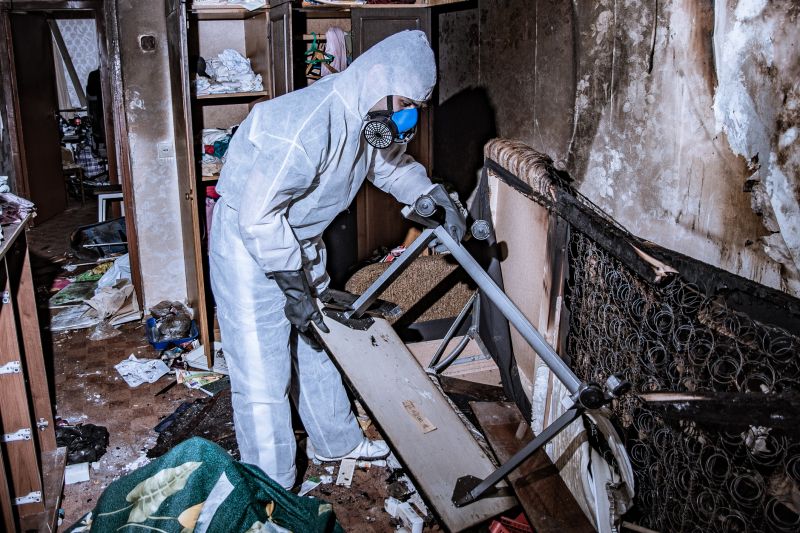
Image depicting professional fire damage cleanup process.
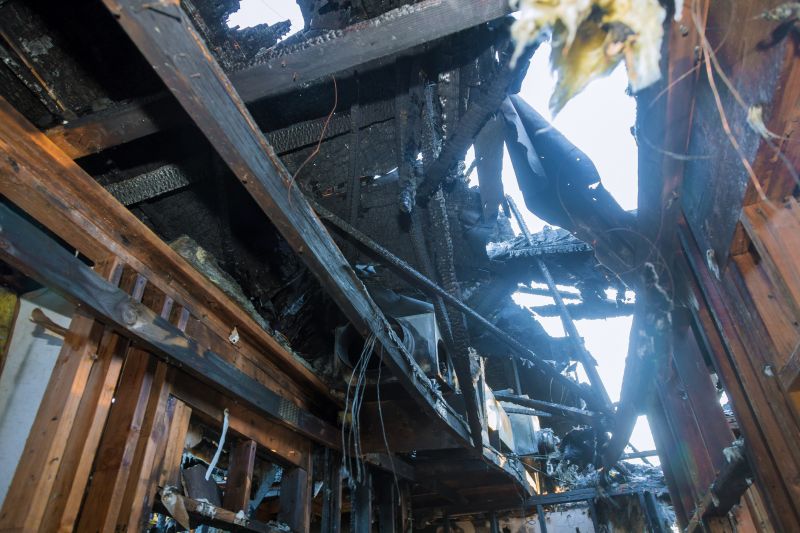
Image showing structural repairs after fire damage.
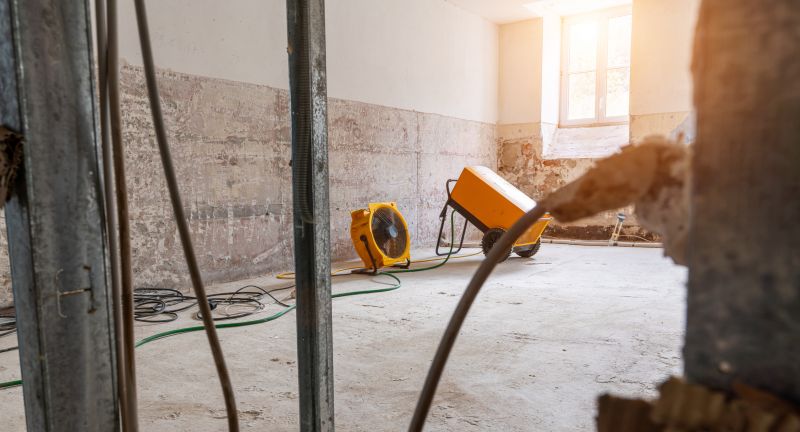
Image of equipment used for smoke odor removal.

Ways to make Fire Restorations work in tight or awkward layouts.

Popular materials for Fire Restorations and why they hold up over time.
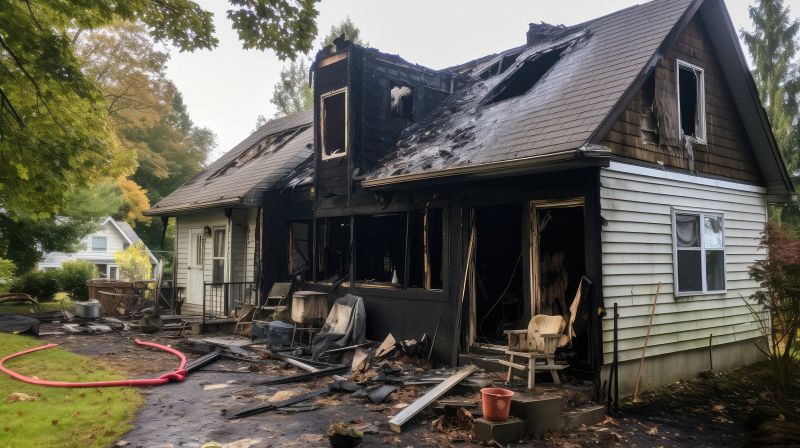
Simple add-ons that improve Fire Restorations without blowing the budget.
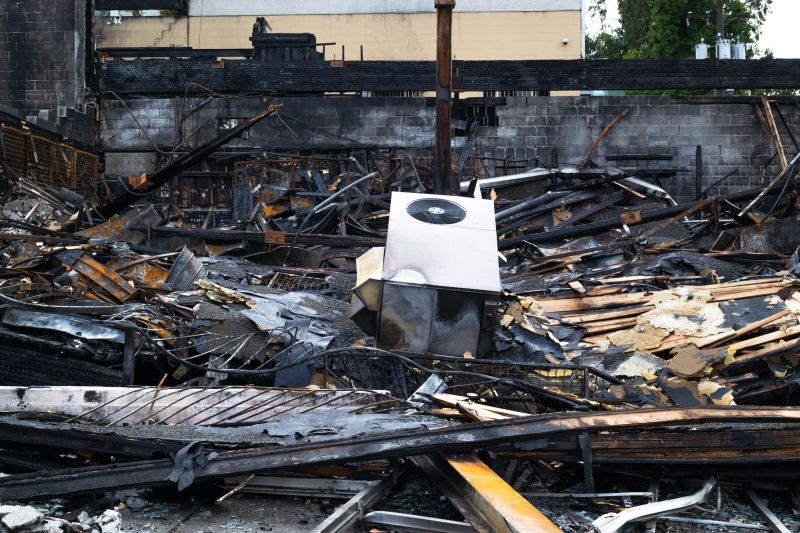
Assessment of fire-affected areas to determine necessary repairs.
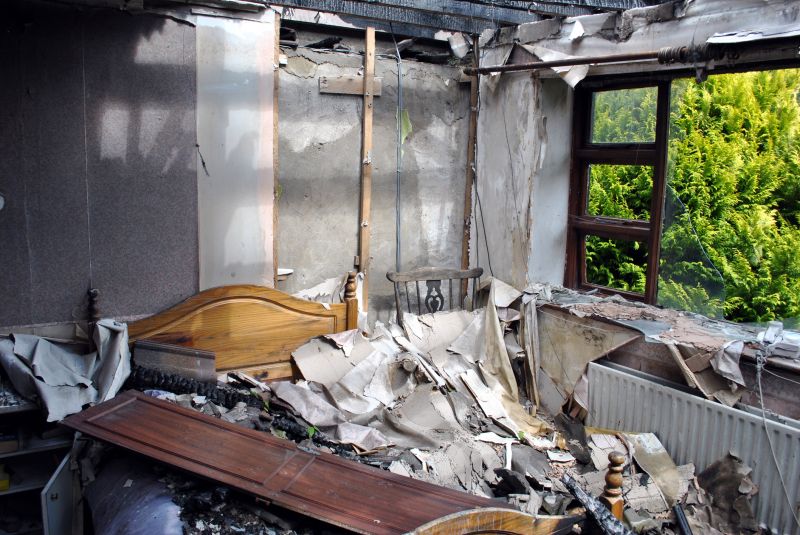
Restoring personal belongings damaged by fire and smoke.

Preventative measures to reduce future fire risks.
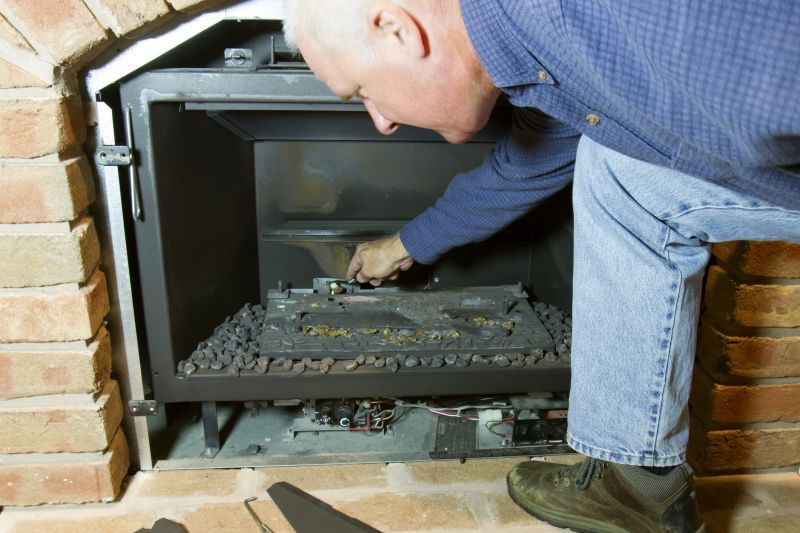
Final inspection to ensure complete restoration and safety.

High-end options that actually feel worth it for Fire Restorations.

Finishes and colors that play nicely with Fire Restorations.

Little measurements that prevent headaches on Fire Restorations day.

A 60-second routine that keeps Fire Restorations looking new.
| Aspect | Details |
|---|---|
| Optimal Seasons | Late spring through early fall |
| Weather Conditions | Dry, stable weather preferred |
| Emergency Response | Immediate response recommended regardless of season |
| Damage Severity | Severe damage may necessitate prompt action |
| Property Usage | Schedule during low occupancy periods |
| Restoration Duration | Depends on damage extent and weather |
| Cost Implications | Timing can influence overall costs |
| Environmental Factors | Humidity and rain can delay work |
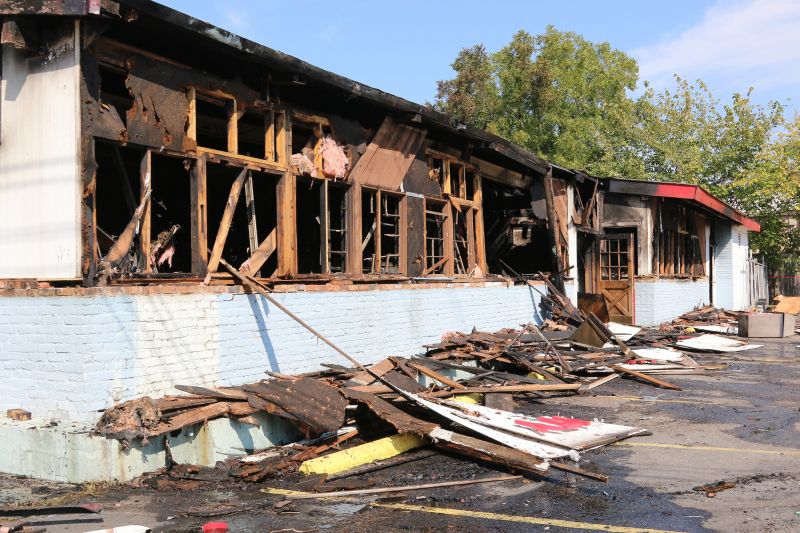
Team performing restoration work on a fire-damaged property.
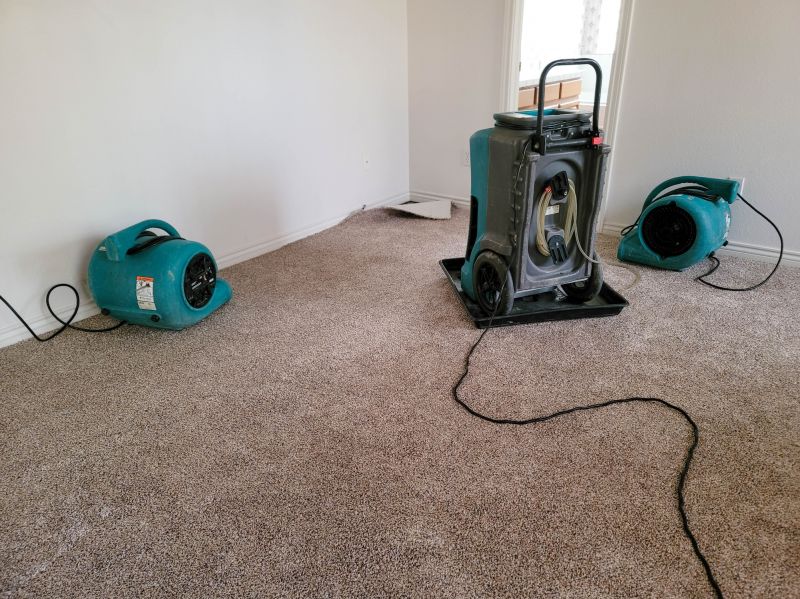
Specialized equipment used in fire damage cleanup.
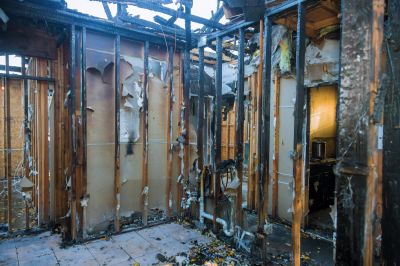
Rebuilding efforts after fire damage.
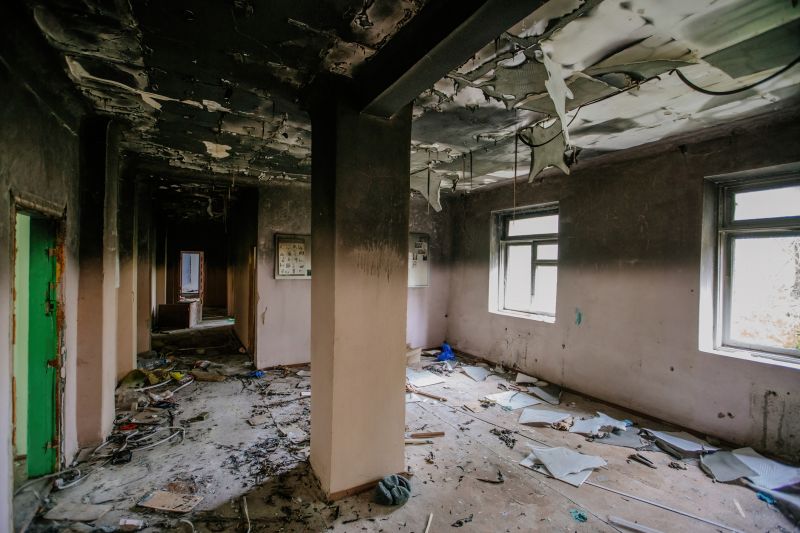
A frequent mistake in Fire Restorations and how to dodge it.
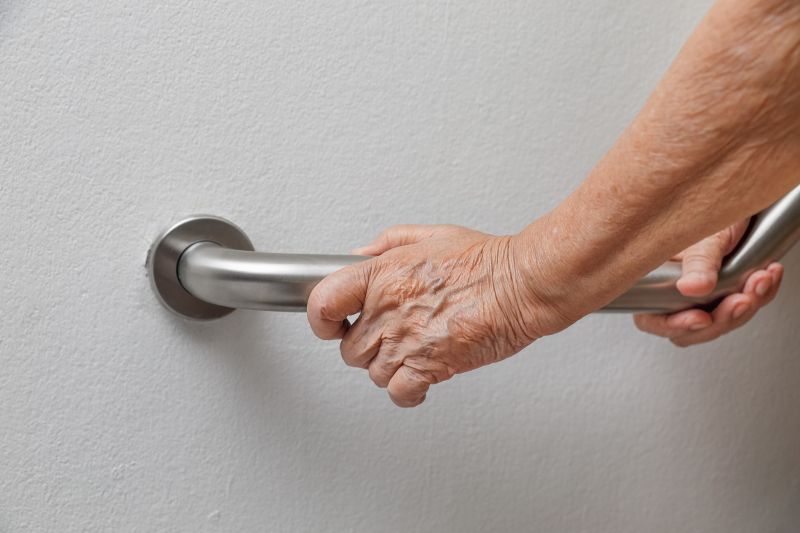
Small tweaks to make Fire Restorations safer and easier to use.
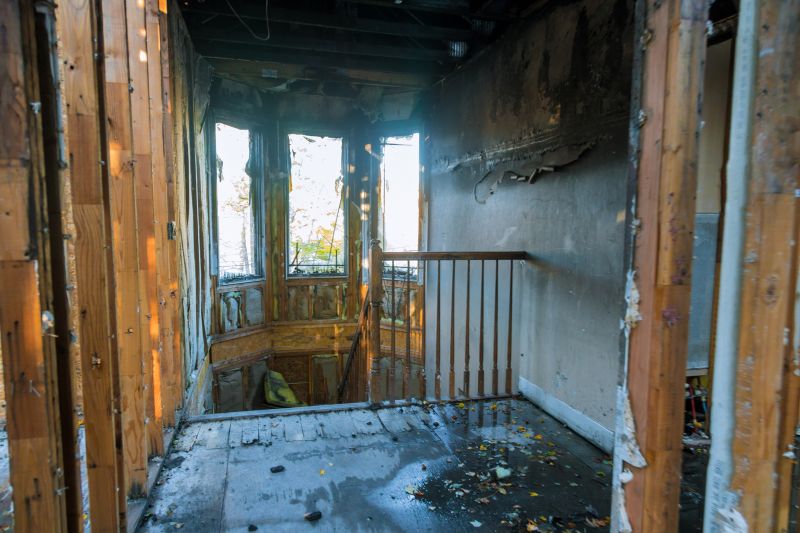
Lower-waste or water-saving choices for Fire Restorations.
Interested property owners or managers can contact for more detailed information on scheduling fire restorations. Proper timing, combined with professional services, ensures the best possible recovery from fire damage, restoring safety and functionality efficiently.
